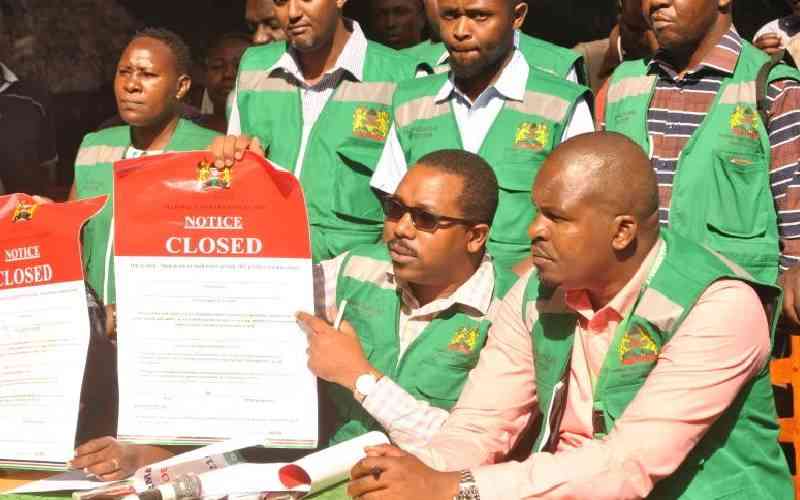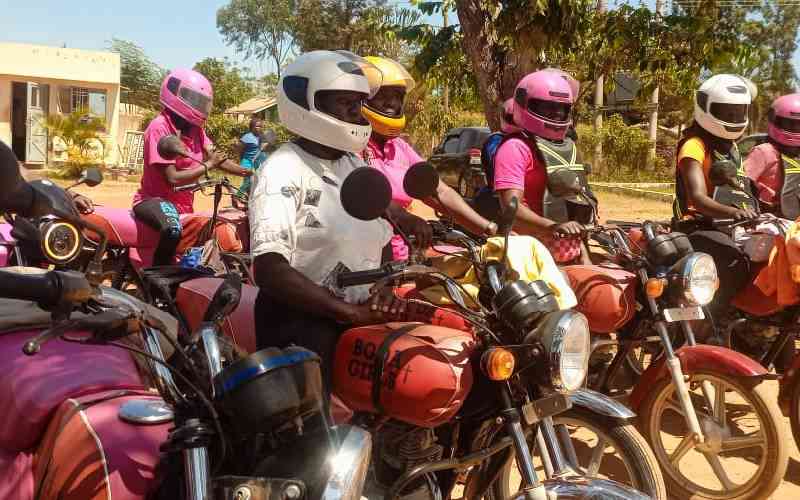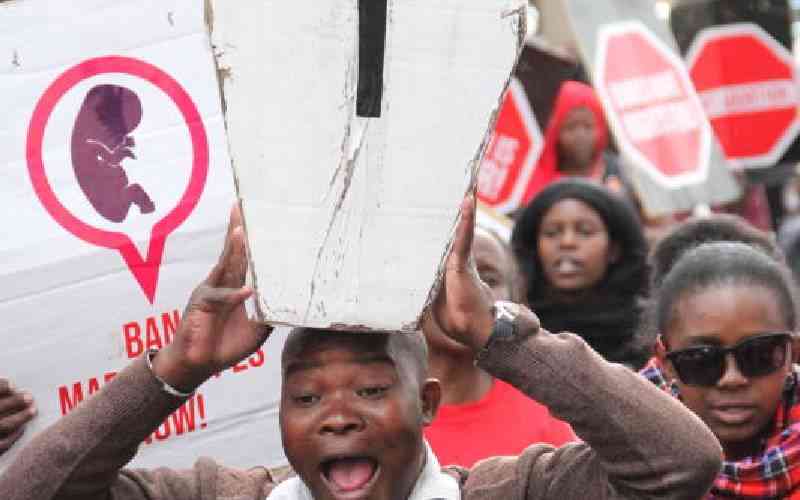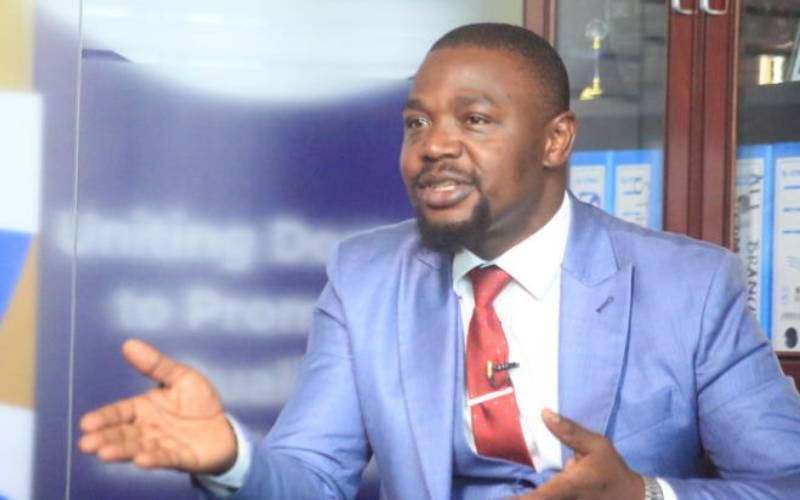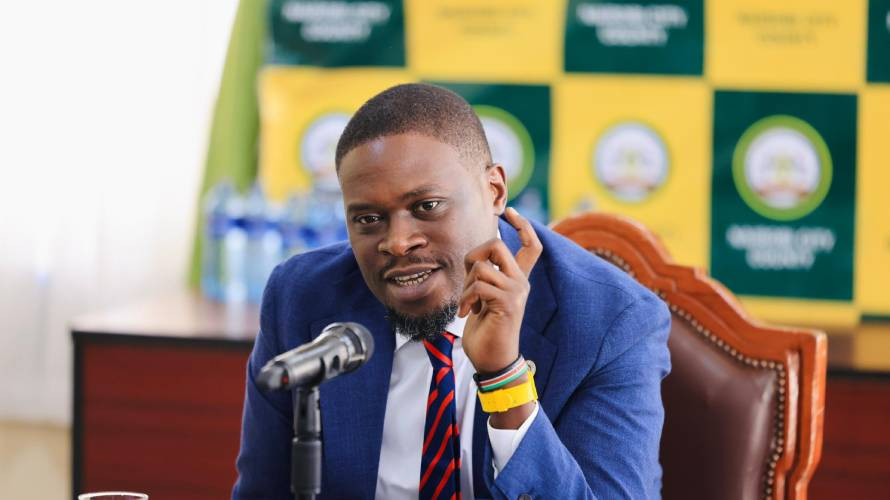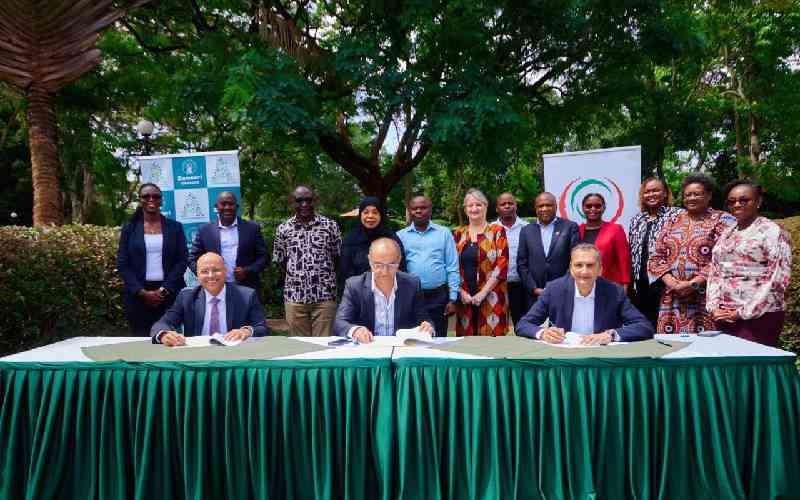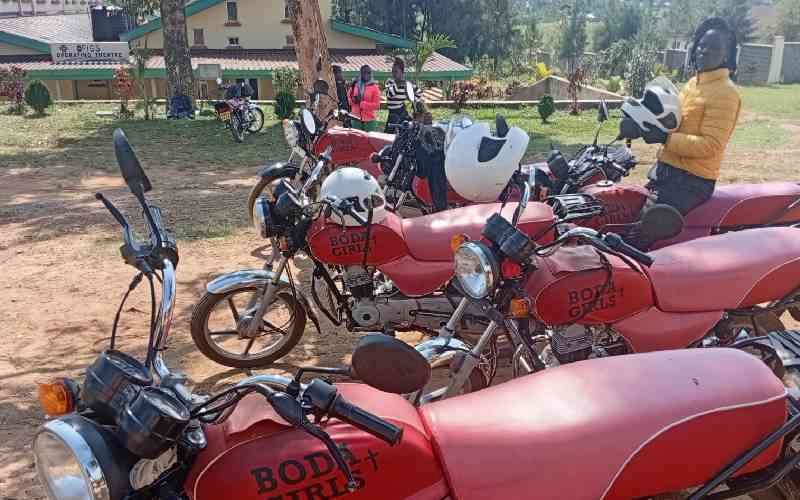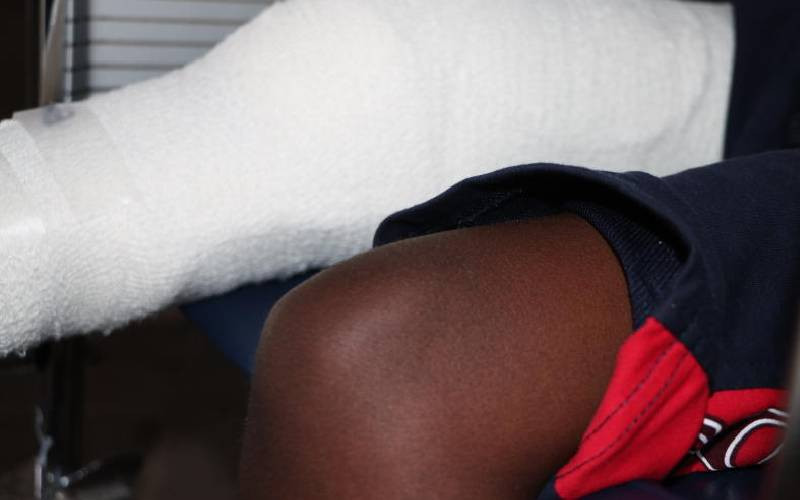
On a Sunday evening last August, a boy in Githunguri, Kiambu County complained to his parents of unbearable pain above his knee, prompting a visit to the hospital.
"The doctor ordered an X-ray, and when the results came out, he said he had osteomyelitis: an infection in the bone," says Mercy Kibiro, the boy's mother
They left the hospital with a prescription for various medications. However, the pain persisted and worsened with each passing day.
Facts First
This story continues on The Standard INSiDER. Subscribe now for unfiltered journalism that holds power to account.
Already have an account? Login
 The Standard Group Plc is a multi-media organization with investments in media
platforms spanning newspaper print
operations, television, radio broadcasting, digital and online services. The
Standard Group is recognized as a
leading multi-media house in Kenya with a key influence in matters of national
and international interest.
The Standard Group Plc is a multi-media organization with investments in media
platforms spanning newspaper print
operations, television, radio broadcasting, digital and online services. The
Standard Group is recognized as a
leading multi-media house in Kenya with a key influence in matters of national
and international interest.

